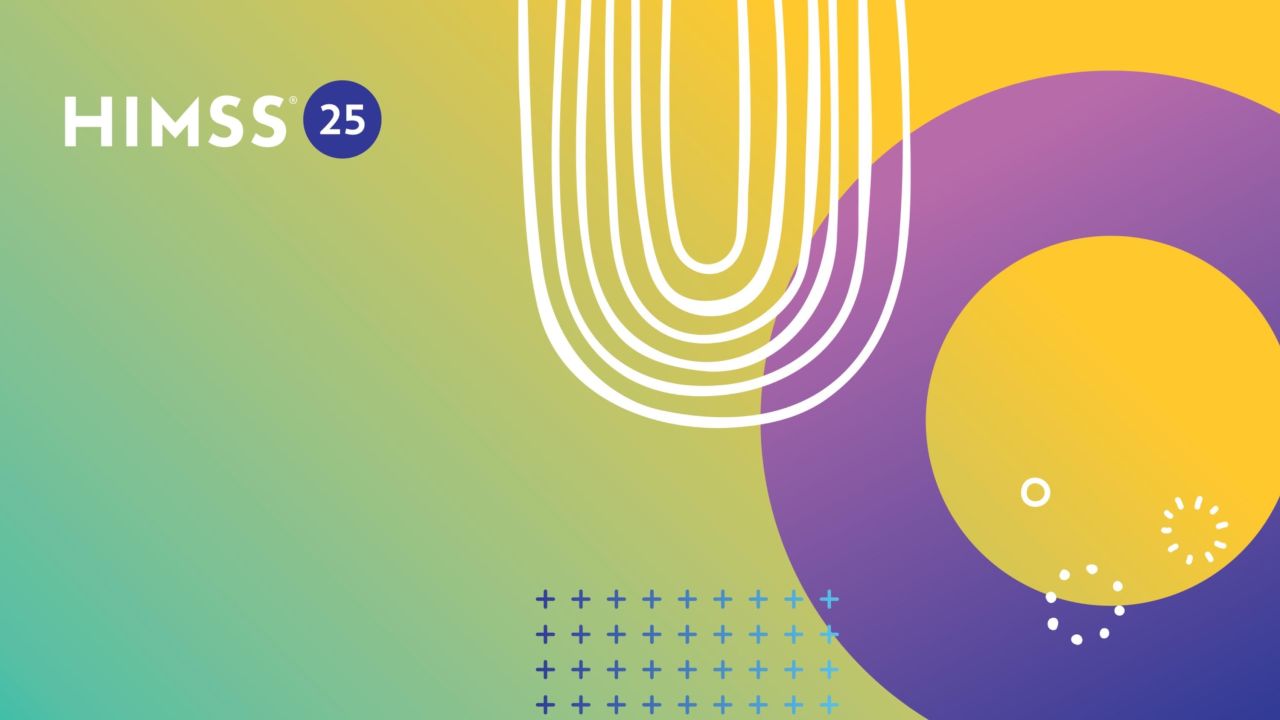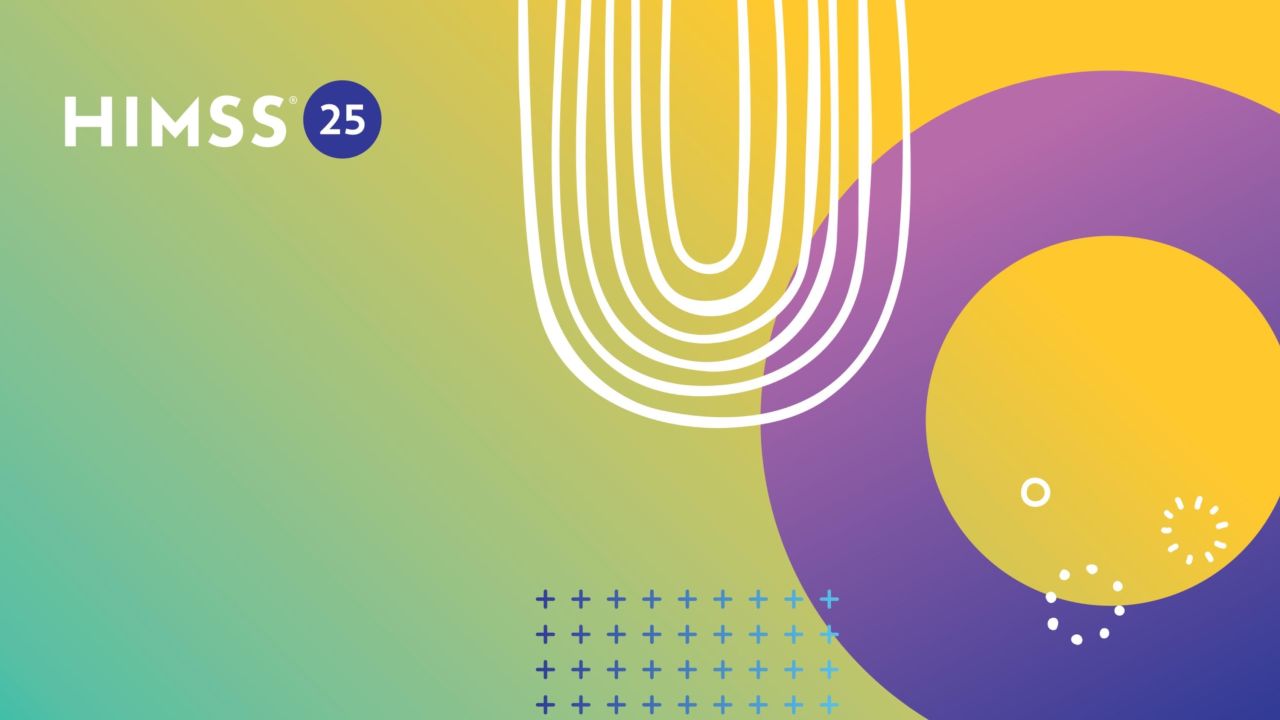

HL7 FHIR APIs, Interoperability Progress and the Value of Automation
Information
As a key to meeting the new federal regulations by 2027, implementation guides from a private sector initiative of providers, payers and vendors working together to accelerate the adoption of HL7 FHIR® as the standard to support and integrate value-based care data exchange across communities, are paving the way for industry to achieve true automation. Using FHIR APIs enable organizations to reduce administrative burden through streamlined workflows that provide data to users when they need it in the format they desire. Moderated by a provider, the panel of payer implementers will share lessons learned and the promise of scalability, discover the resources available from the private sector initiative that will help you automate your processes, and learn how provider and payer innovators who have not waited for regulation are already reaping the benefits of FHIR APIs in their real-world business transformations.